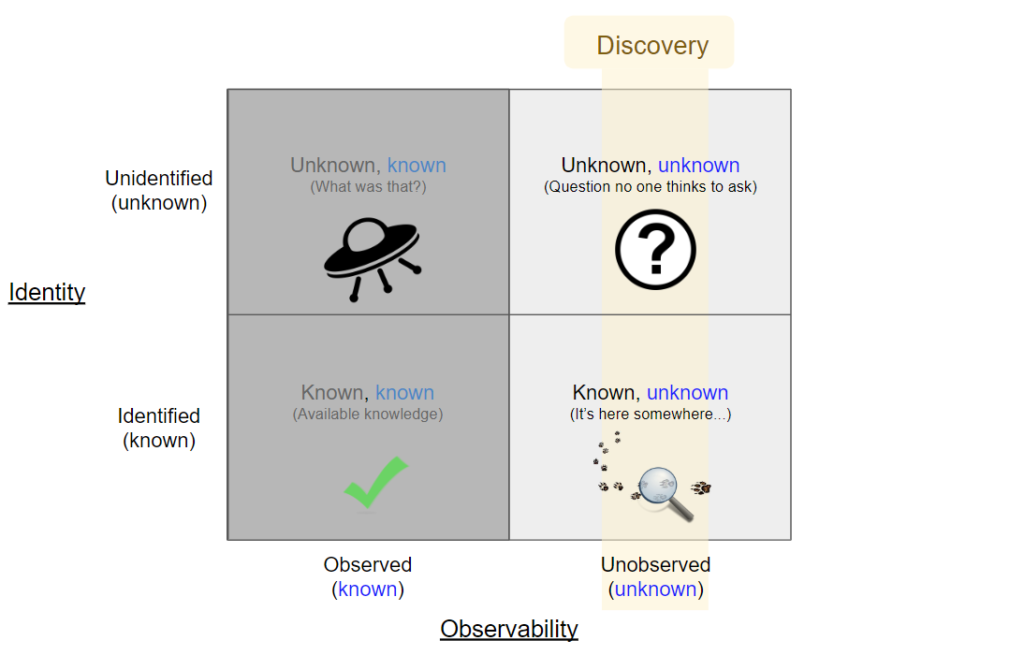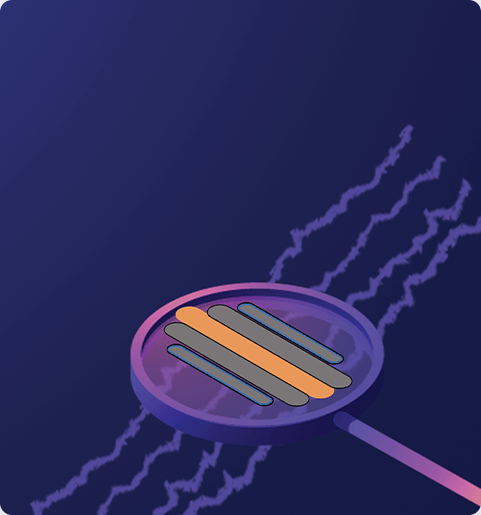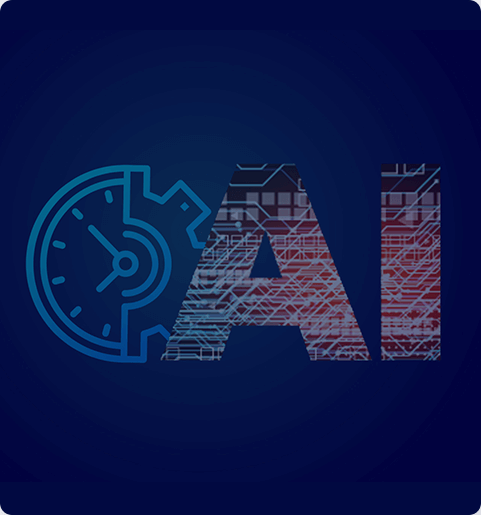Falkonry on Intelligence – Discovering New Patterns in the Noise
Key Takeaways
- Intelligence analysis and Industrial IoT share a common challenge: extracting useful information from noisy signal data.
- Unsupervised machine learning is a powerful tool Falkonry uses to discover important patterns, both for known and unknown events or problems.
What do industrial ovens and ballistic missiles have in common?
You can learn important information about each one by listening to them in the right way.
In the military world, this is signals intelligence (SIGINT). In the industrial world, this is one aspect of the Internet of Things (IoT). Regardless of what it’s called, it boils down to the same practice: Using data from a variety of existing sensors to uncover patterns that correlate with events of interest. This is not easy. Being designed for specific purposes like controlling position or speed, sensors generally can’t directly tell that something interesting like a missile launch or a part failure has happened. Because of this mismatch between the direct, intended use of feedback control and the indirect use of inferring behavior, the data is difficult to interpret. It is hard for humans to tell the difference between meaningful patterns and useless patterns in the repurposed context. In effect, the data appears very noisy. In fact, the group in the British military that was responsible for figuring out how to use German radar signals for self-defense during WWII was called the “Noise Listening Bureau.” Using repurposed signal data is an old problem.
The challenge now, as then, is this: How do you discover important patterns that are hidden in the noise?
Pattern Discovery and Machine Learning
Donald Rumsfeld made the importance of dealing with “unknowns” famous:
“Reports that say that something hasn’t happened are always interesting to me, because as we know, there are known knowns; there are things we know we know. We also know there are known unknowns; that is to say we know there are some things we do not know. But there are also unknown unknowns—the ones we don’t know we don’t know.”
This idea is adapted in the quad chart below.

“Observability” refers to whether something can be detected or has been observed. “Observed” implies that it has been or can be seen. “Unobserved” implies that it has not been or cannot be found.
Rumsfeld was talking about the “known, unknowns” (It’s here somewhere if we can only find it) and the “unknown, unknowns” (No one is even aware that there is something important enough here to ask a question about). These are the portions labeled “Discovery” in the chart above. These are the areas where you are unable to find the things of importance. That is, regardless of whether you know something exists, you are unable to see it. Discovery is the process of locating the unobserved things you know exist as well as finding things you didn’t know existed.
Discovery is a key step in intelligence analysis because it isn’t always clear what is happening and, therefore, what to look for. To avoid being blindsided, having a system that brings anything unexpected and unusual to one’s attention is important (i.e. to find the unknown, unknowns). Likewise, a key part of the intelligence function is to understand an enemy deployment before battle. That is, determining which of the known assets are on the battlefield so that they can be effectively countered or avoided (i.e. to deal with the known, unknowns)
Discovery is also important in the industrial context. The known, unknowns represent problems that the operations team know occur but are unable to predict or otherwise identify before they impact production. This might include inevitable part failures or a known quality defect that is reducing yield but whose source is still unknown. The unknown, unknowns are issues in the line that are causing problems that haven’t risen to anyone’s attention. For example, a previously unknown intermittent, transient behavior in the rolling mill is found and linked to a previously unseen thickness variation defect in coils.
One approach to discovery is finding patterns in the signal data that differ from the normal behavior of the system. For simple cases, humans are good at this activity – at spotting what differs from the background. We needed competency at spotting differences in order to find hiding animals when hunting and to spot fruit or high value plants when foraging among other flora. However, this process becomes much more difficult when the data available are limited and behavior of interest is complex. For example: Can I spot all of the important changes in and interactions between ship systems by looking at the readings from hundreds of sensors that update every second, 24hrs/day? How do I determine from the handful of sensors that monitor the oven’s conveyor motors that something is changing in my industrial oven which indicates maintenance is needed? Or how can I look at infrasound readings in a combat theatre to understand if a missile has launched or an armor division has moved? These more complicated problems require a broader scope of attention and cognition than an unaided human can muster.
For such problems, it is becoming more common to apply unsupervised machine learning (ML). This type of ML is designed to work in cases where there aren’t examples of the behavior being looked for. In other words, unsupervised machine learning is aimed exactly at the problems in the discovery space. The case of known, unknowns, is like looking for a needle in a haystack. Unsupervised learning highlights where there is something in the haystack. That something may or may not be a needle, but it reduces the number of places an expert needs to look. In the case of the unknown, unknowns, unsupervised learning helps account for all of the stuff in the pile, hay and non-hay alike, allowing experts to discover the little boy fast asleep who wasn’t even supposed to be there.
The Falkonry Advantage
Despite being worlds apart in application, the underlying discovery problem is the same. Discovery of patterns in signal data is what Falkonry does. Falkonry has numerous successes at doing this both in industrial and defense sectors. No modifications, custom features or algorithm development are needed – whether applied to predictive maintenance, MASINT or ELINT, the same technology is used. This allows for fast, reliable deployment across the widest range of problems. Get started quickly and then scale up with ease.
Contact us to learn more about how Falkonry can help empower your path of discovery.





